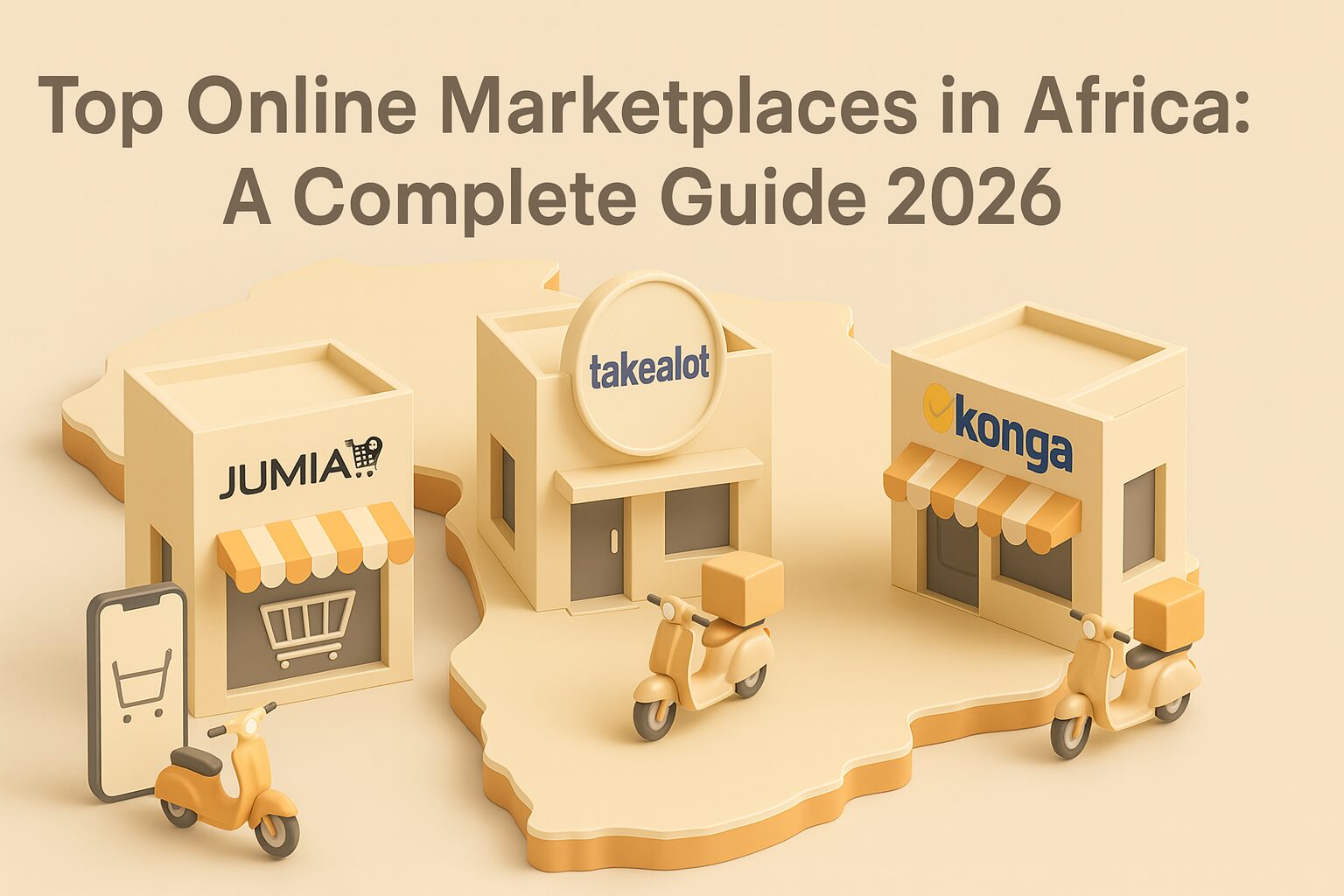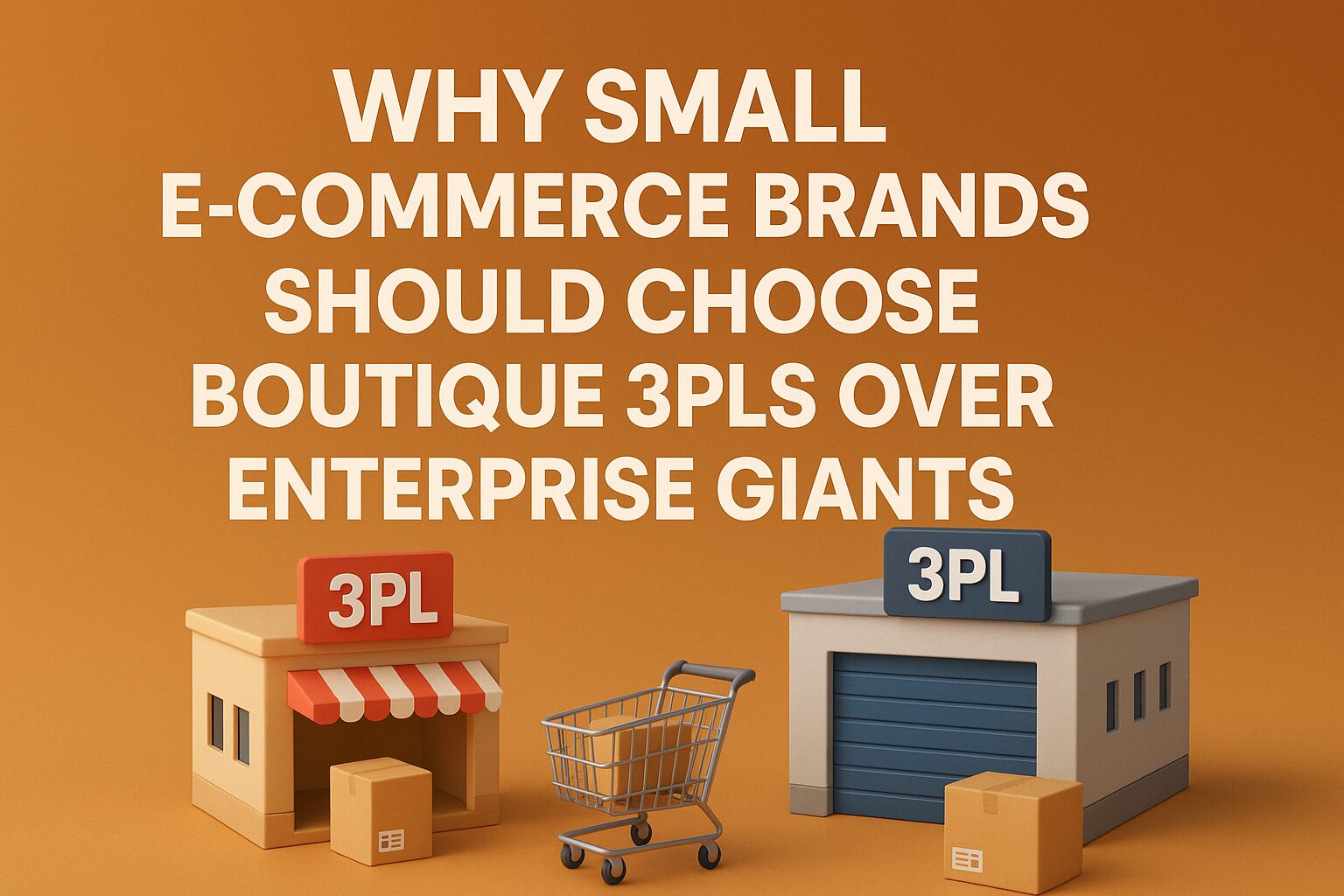The Home & Lifestyle vertical encompasses businesses that provide products and services aimed at enhancing personal well-being, comfort, and the living environment. This includes sectors such as home décor, furniture, kitchenware, bedding, wellness accessories, gardening, and personal lifestyle products. The vertical reflects evolving consumer values related to sustainability, self-care, home improvement, and aesthetic living—especially in the post-pandemic world where the home has become a hybrid space for work, leisure, and wellness.
What does the Home & Lifestyle Vertical include?
This vertical is broad and highly diverse, with product categories such as:
- Furniture and Home Décor: Sofas, tables, lighting, wall art, and decorative accessories
- Kitchen and Dining: Cookware, serveware, small appliances, and dining sets
- Wellness and Self-care: Aromatherapy, yoga mats, diffusers, ergonomic chairs, and personal comfort tools
- Outdoor and Garden: Planters, patio furniture, BBQ tools, and lawn care products
- Smart Home Technology: Devices for home automation, energy efficiency, and security
These categories reflect lifestyle choices that blend functionality, design, wellness, and sustainability.
Why is the Home & Lifestyle Vertical important?
This vertical plays a vital role in both the global retail ecosystem and individual quality of life. Key reasons include:
- Consumer-driven innovation: Rising demand for personalized, stylish, and sustainable living products
- High frequency of purchase: Especially in décor, small appliances, and lifestyle accessories
- Emotional connection: Products in this category often influence mood, wellness, and daily routines
- Post-COVID boom: Remote work and lockdowns fueled spending on home improvement and comfort
Notably, global spending on home goods reached $682 billion in 2023, with strong year-over-year growth driven by ecommerce and consumer focus on nesting and well-being.
Which markets are leading in Home & Lifestyle innovation?
Several countries lead this vertical with strong design cultures, manufacturing ecosystems, and ecommerce platforms:
- United States: Home to major brands like Wayfair, West Elm, and Williams-Sonoma, and a leader in lifestyle subscription boxes and smart home tech.
- Sweden: Known for minimalist design and sustainability leadership—exemplified by IKEA, one of the world’s largest home retailers.
- Japan: Renowned for space-efficient living solutions, home aesthetics rooted in simplicity, and the global popularity of Japanese lifestyle brands like MUJI.
- India: A rapidly growing market with strong demand for handcrafted, eco-friendly, and culturally inspired home goods, driven by urban middle-class expansion.
- Germany: Known for quality home appliances, engineering-focused household goods, and efficient modular furniture solutions.
Global trends in this vertical are influenced by sustainability, compact living, digital shopping experiences, and customization.
What challenges does the Home & Lifestyle Vertical face?
This vertical, while lucrative, is highly competitive and logistically complex. Common challenges include:
- High return rates: Home products often experience returns due to size, style mismatch, or damage in transit
- Supply chain delays: Sourcing materials and bulky shipping create longer lead times and higher costs
- Sustainability demands: Consumers expect eco-friendly packaging and responsible sourcing
- Seasonal and trend sensitivity: Products must adapt quickly to changing design and wellness trends
Brands must blend storytelling, logistics agility, and customer experience to succeed.
Can you give an example of the Home & Lifestyle Vertical in action?
A DTC brand selling eco-conscious bedding offers a customizable subscription service that lets customers receive seasonal duvet covers and sheets. The company uses social media and influencer marketing to promote its aesthetic, then fulfills orders via regional warehouses to reduce emissions. Their site features a “home styling quiz” that enhances personalization and customer retention. This is a prime example of how storytelling, tech, and fulfillment converge in the home & lifestyle vertical.
How does Waredock serve the Home & Lifestyle Vertical?
Waredock supports the Home & Lifestyle vertical with smart warehousing, flexible fulfillment, and value-added services tailored to furniture, décor, and lifestyle brands. From handling fragile items and bulky shipments to kitting seasonal collections and managing high-volume dropshipping, Waredock ensures high accuracy and customer satisfaction. With fulfillment hubs across Europe, Waredock enables home brands to scale operations, reduce delivery times, and meet sustainability goals through localized logistics and intelligent inventory management.



